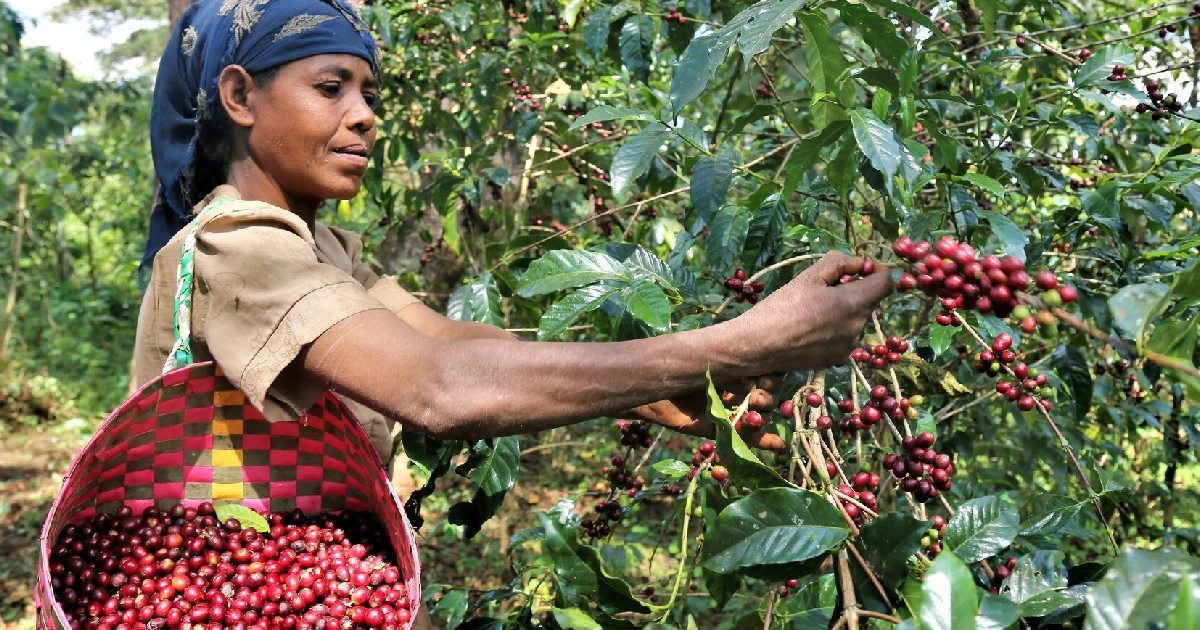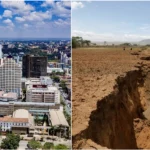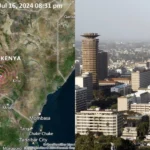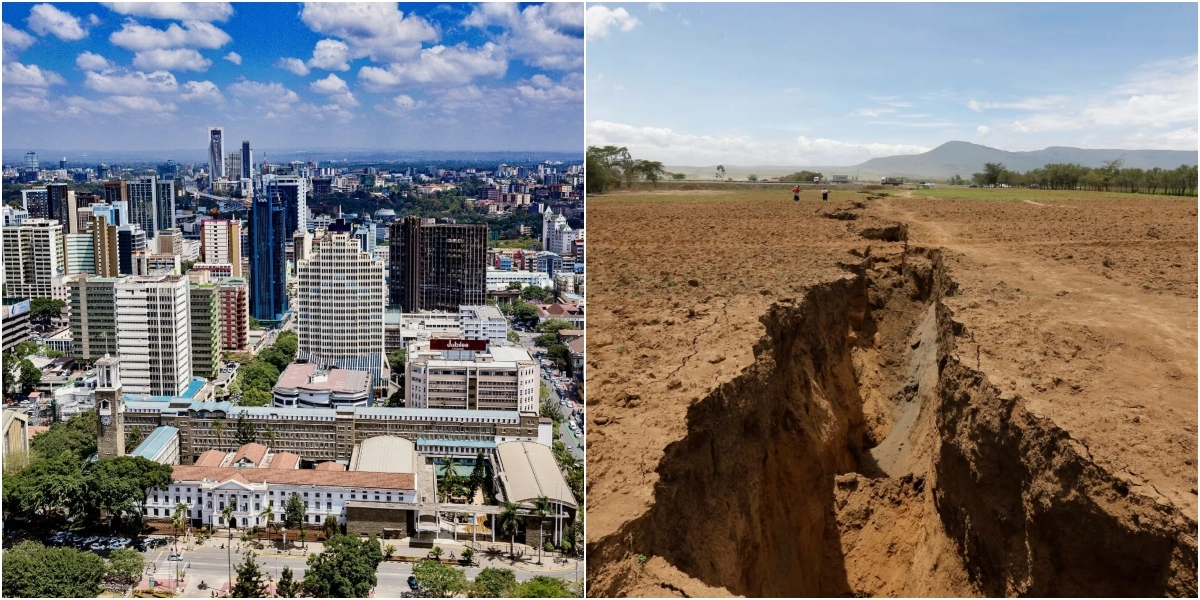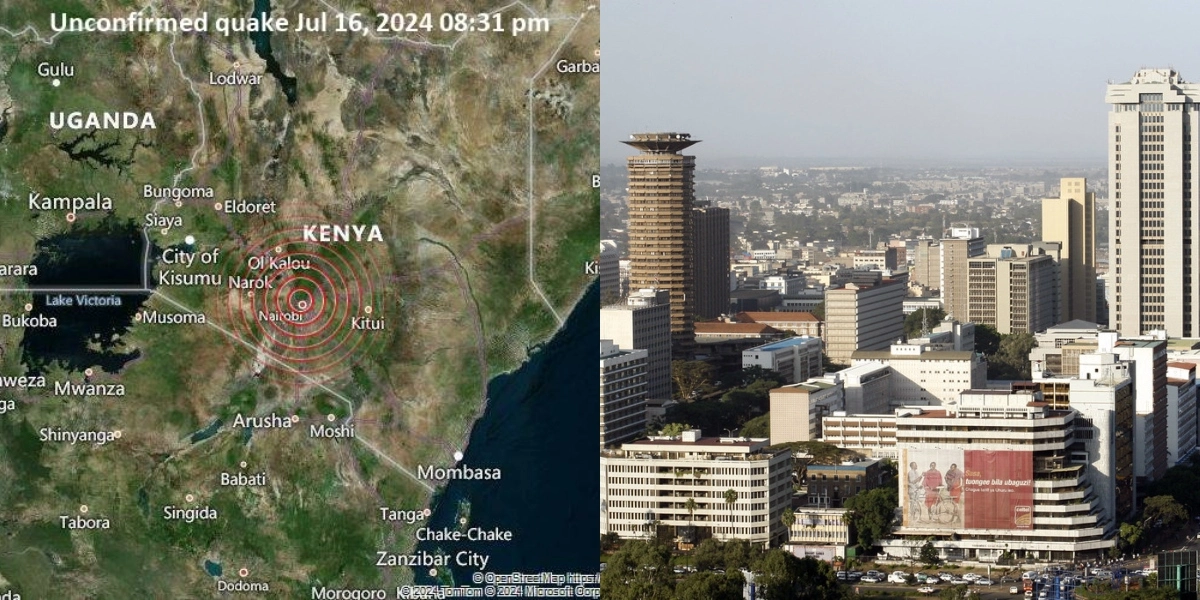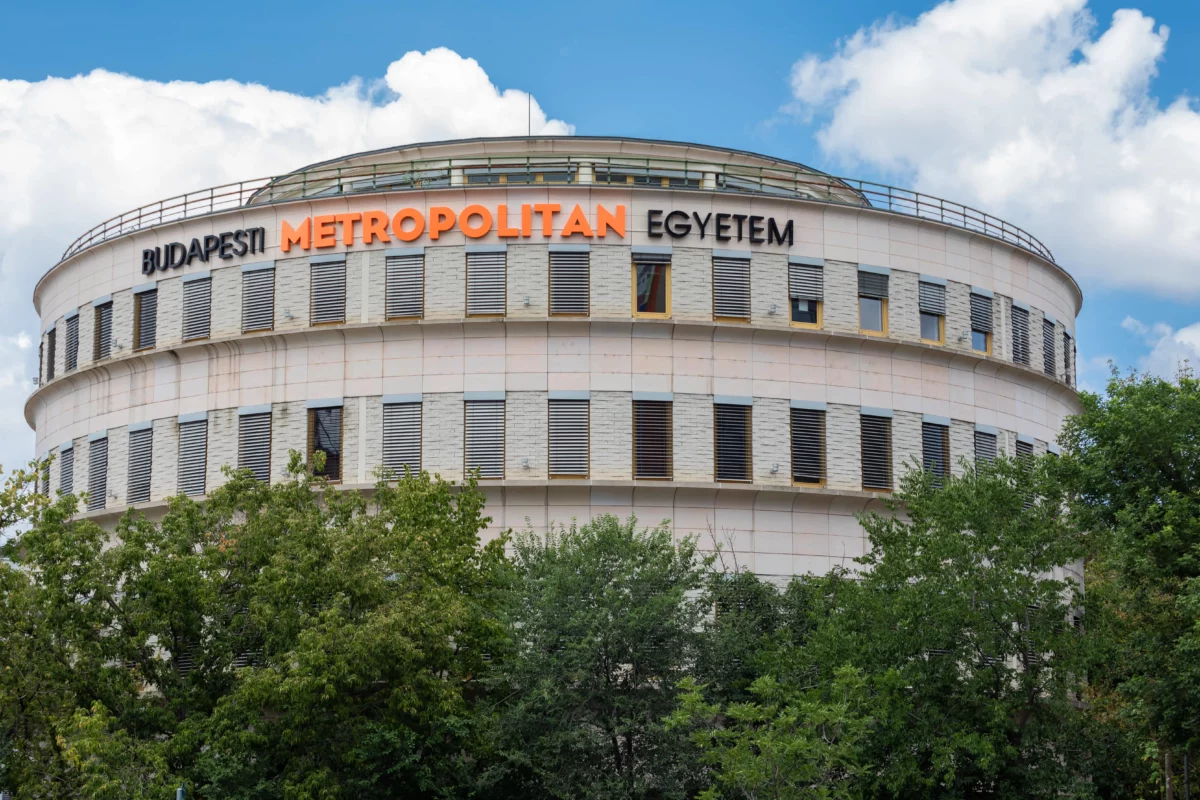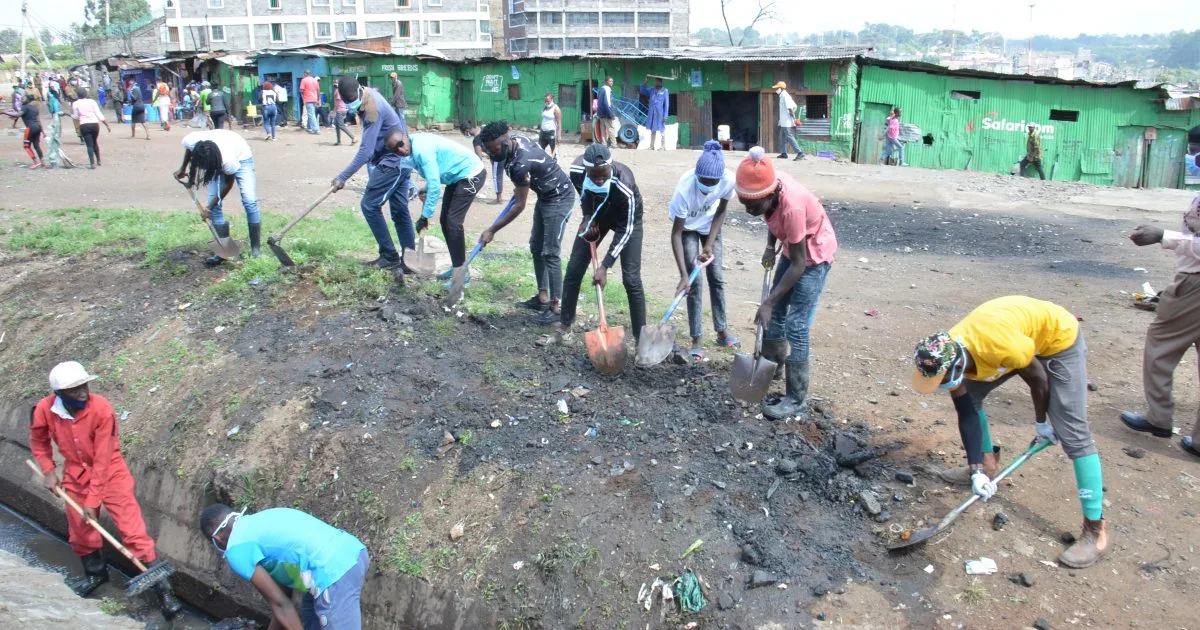Coffee has been used as a beverage around the world since the fifteenth Century. However, it wasn’t introduced in Kenya until 1893, when missionaries tried to import Bourbon Coffee from Brazil. Despite this, Kenyan farmers were allowed to grow coffee after the Mau Mau war between 1952 and 1960, on condition that all coffee had to be centrally processed and Marketed. Today, the Coffee Directorate is the apex body for the coffee industry, established in 1934 after the enactment of the coffee industry ordinance in 1933.
Coffee is one of the world’s most traded commodities, providing livelihoods to around 25,000,000 households. As at 2019, an estimated 800,000 Kenyan farmers – 70% of them smallholders and 30% women – were involved in coffee farming (Coffee Directorate, 2019). Smallholder farmers control about 75% of the total hectares of land under coffee production and contribute 70% of the national annual production of clean coffee beans. This represents 28,000 Metric Tonnes (MT) of the clean coffee produced in 2021. On the other hand, medium and large scale coffee growers own the remaining 25% of coffee farms and contribute 30% of the annual production.
Kenya grows Coffea arabica exclusively. The Kenyan highlands, volcanic soils and good rainfall offer the best environment for production of high quality Kenya’s famous Arabica coffee. It is an established fact the finest Arabic coffee in the world is grown in Kenya. Recently Kenya farmers have introduced the Ruiru 11 hybrid plant and it is causing concern because it may lack the traditional Kenya coffee attributes that coffee aficionados love. Despite Kenya’s lead in the world market, concerns have been raised over the slipping hold.
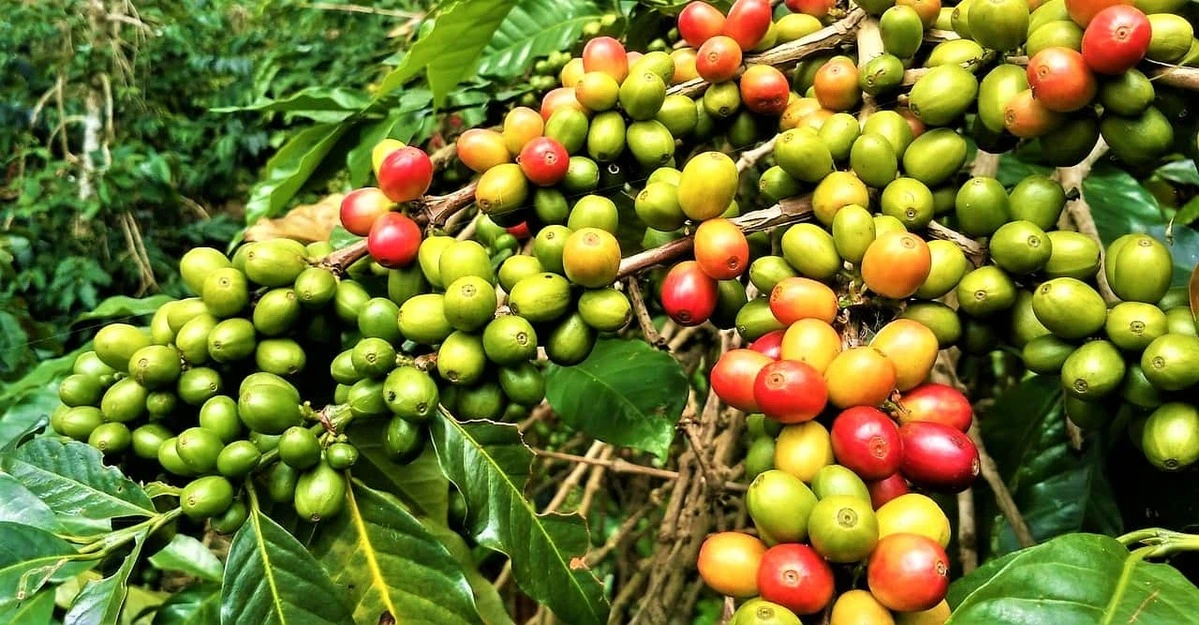
Between 1990 and 2020, Kenya’s acreage under coffee declined by 30%, from 170,000 to 119,000 hectares. Similarly, production dropped by 70%, from 129,00 to 40,000 Metric Tonnes. The decline in the coffee sector is due to weak industry systems, inadequate extension services, and low, fluctuating global coffee prices, which are outpaced by rising production and living costs.
Most smallholder farmers, who own less than 2 hectares of land and around 1,000 coffee trees, produce only 2 to 3 kilograms of cherries per tree, despite a potential yield of over 30 kilograms per tree. This low productivity, combined with poor prices, exacerbates the challenges faced by these farmers, hindering their ability to adapt to climate change, invest in good practices, access markets, and secure competitive prices.
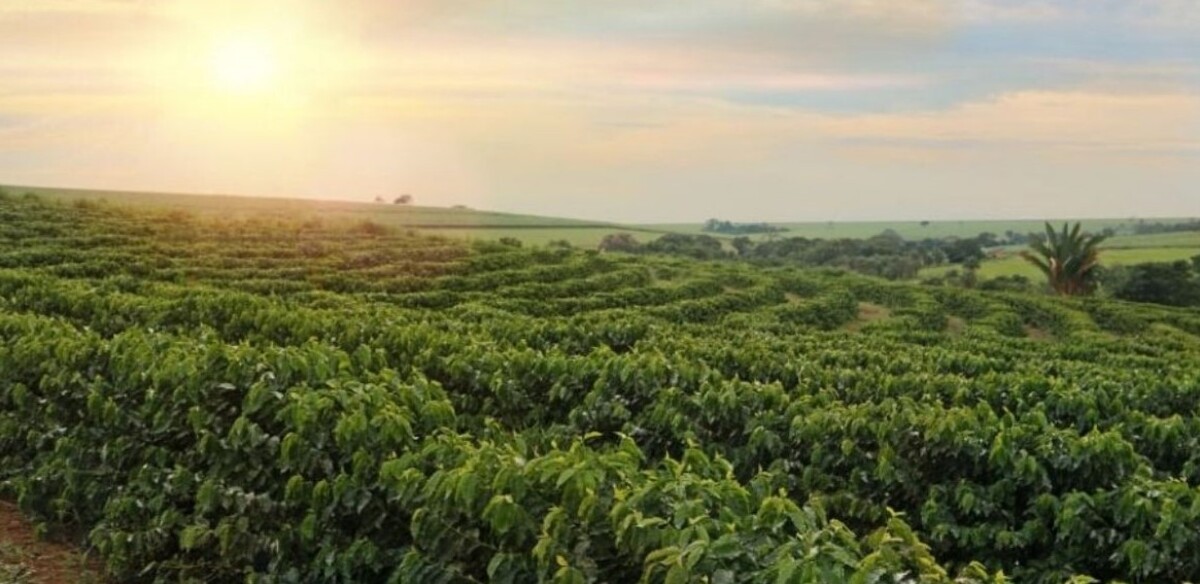
Moreover, over the years, the cost of production of coffee has doubled to an average of Kenya Shillings 80 to 100 per kilogram of clean coffee from the previous cos of Kenya Shillings 39 per kilogram. This has been attributed to the rising global cost of fertilizer which accounts for up to 16% of the total cost. Production (and coffee exports) are forecast to decrease by more than 10% to 670,000 (60 kilograms bags) from 750,000 bags of clean coffee, due to lower production according to a 2022 report (USDA).
Labour costs account for up to 50% of coffee production expenses. Recently, the costs for canopy management—pruning, handling, weeding, and applying manure/pesticides, as well as coffee picking and sorting—have risen from an average of KES 26,000 to KES 30,000 per hectare (Sustain Coffee).
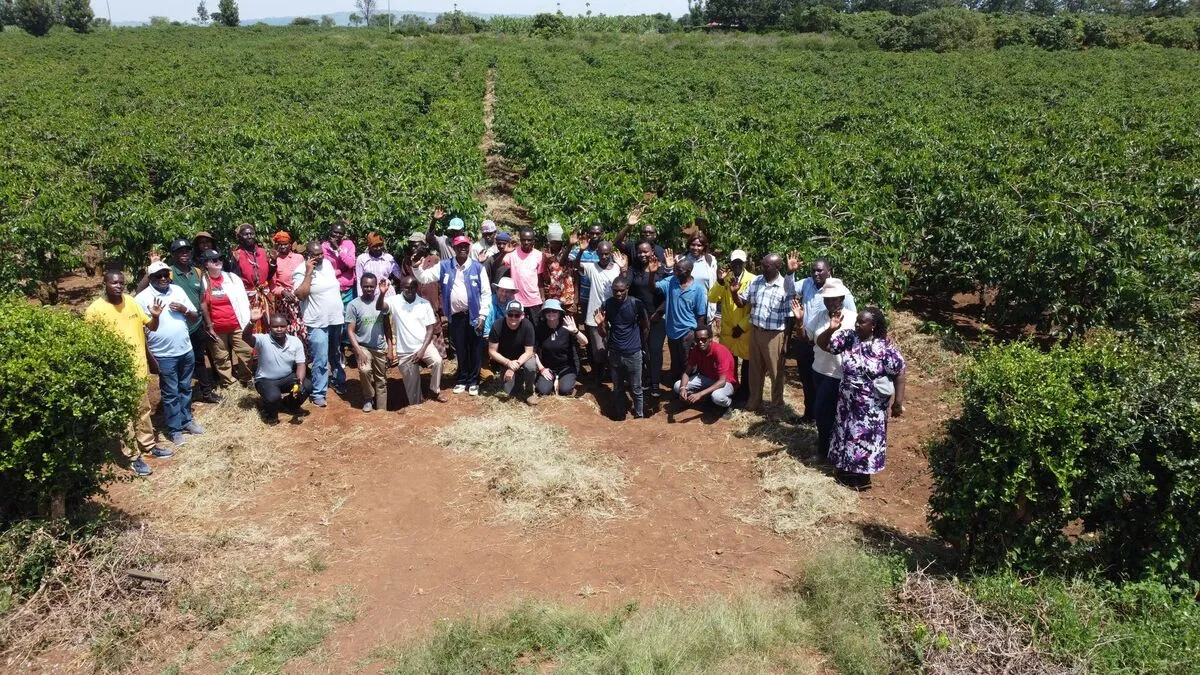
This increase is set against challenges such as rising rural-urban migration, low youth engagement in farming, the adverse effects of climate change, and efforts to boost coffee productivity per tree. Given that coffee farming is a labour-intensive and technical field, limited access to both skilled and unskilled labour poses significant threats to coffee productivity (both quality and quantity), profitability, and the overall sustainability of the coffee value chain.
Additionally, climate change significantly threatens the coffee value chain, especially for smallholder farmers, with rising temperatures, increased pests and diseases, and erratic weather events like droughts and floods. Long-term effects such as higher temperatures and reduced rainfall are decreasing the land suitable for coffee production in Kenya. Knowledge gaps and limited access to finance hinder the adoption of climate-smart agriculture, sustainable land management, and climate adaptation practices.
Consequently, unsustainable practices like deforestation, poor tillage, and improper waste management from coffee processing remain prevalent. In 2020, these practices led to Kenyan coffee being flagged for high chemical contamination in Japanese and South Korean markets.
Addressing current challenges presents significant opportunities to build a sustainable and inclusive coffee value chain. Stakeholders must prioritize implementing the recommendations from the National Task Force on Coffee Sub-Sector Reforms, focusing on the needs of smallholder farmers. The public sector should develop inclusive policies, invest in research, and promote sustainable practices and new technologies.
Moreover, the private sector can enhance smallholder productivity and profitability by offering credit, climate finance, and digital solutions, while encouraging good agronomic practices and value addition. Consumers play a role by adopting sustainable consumption patterns, incentivizing farmers to adopt sustainable practices. Market incentives that reward sustainable production can further transform the industry, ensuring farmers cover their costs and encouraging wider participation in sustainable practices.


